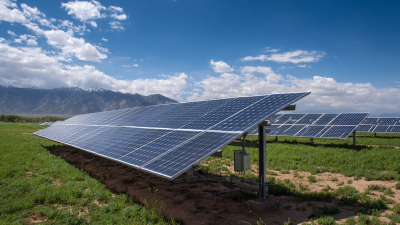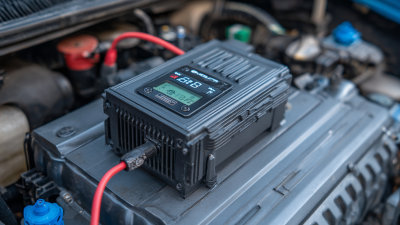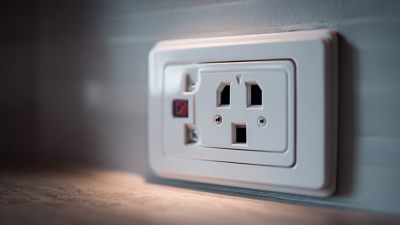
-
Home
-
About Us
-
Products
-
Total Solution
-
News
-
Blog
-
Contact Us
Leave Your Message
-
-
Phone
-
E-mail
-
Whatsapp
-
Whatsapp



When considering the integration of solar energy systems into your home or business, selecting the right Grid Tie Inverter is crucial for maximizing efficiency and reliability. This essential component not only converts the DC electricity generated by your solar panels into AC electricity usable by your electrical system, but it also ensures seamless connectivity to the grid. With the diverse range of Grid Tie Inverters available on the market, making an informed choice can be overwhelming. However, by following some key guidelines, you can navigate through the options and find the best fit for your specific needs. In this outline, we will explore five essential tips that will help you choose the right Grid Tie Inverter, ensuring a successful and sustainable solar energy system tailored to your requirements.
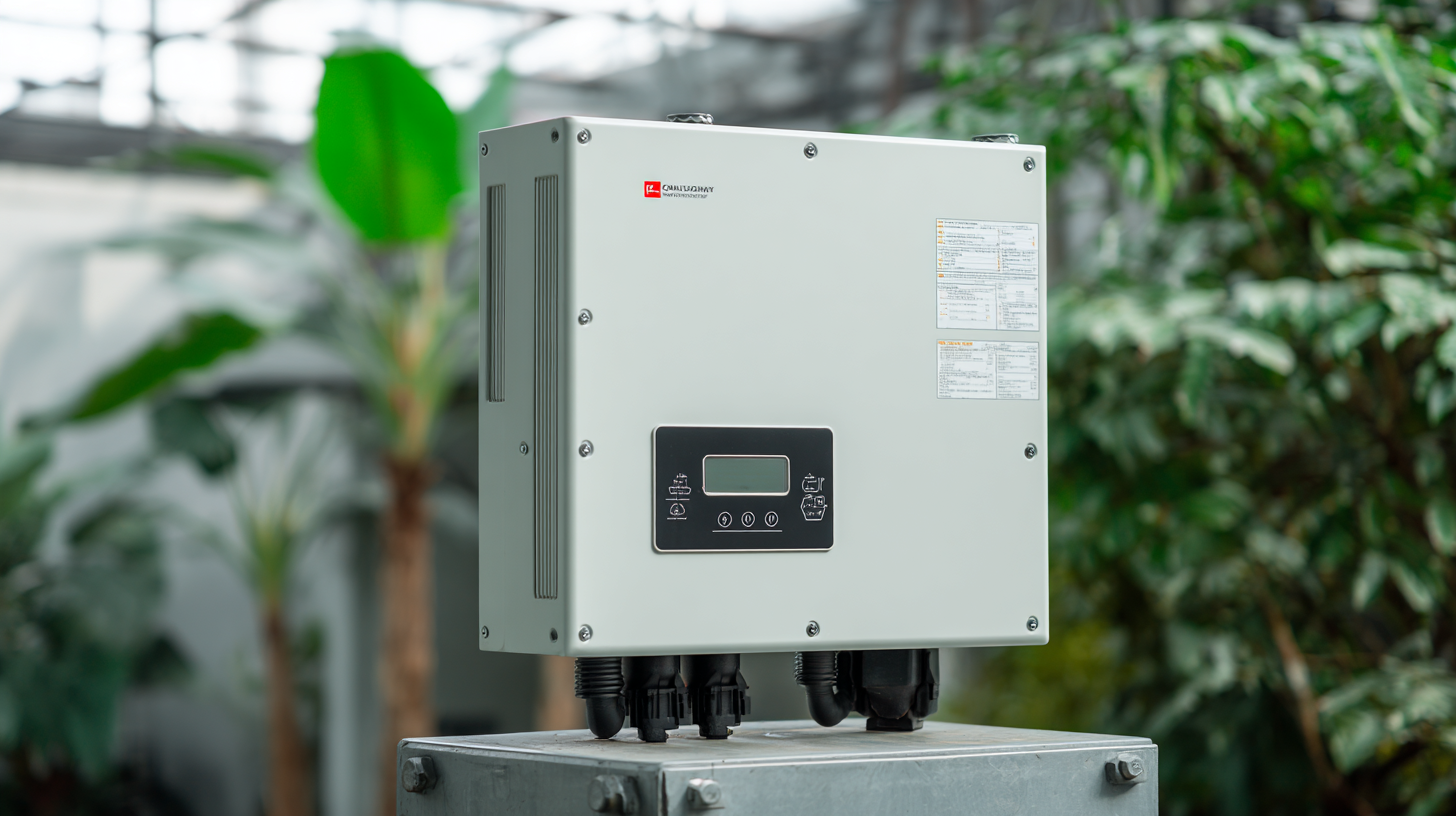
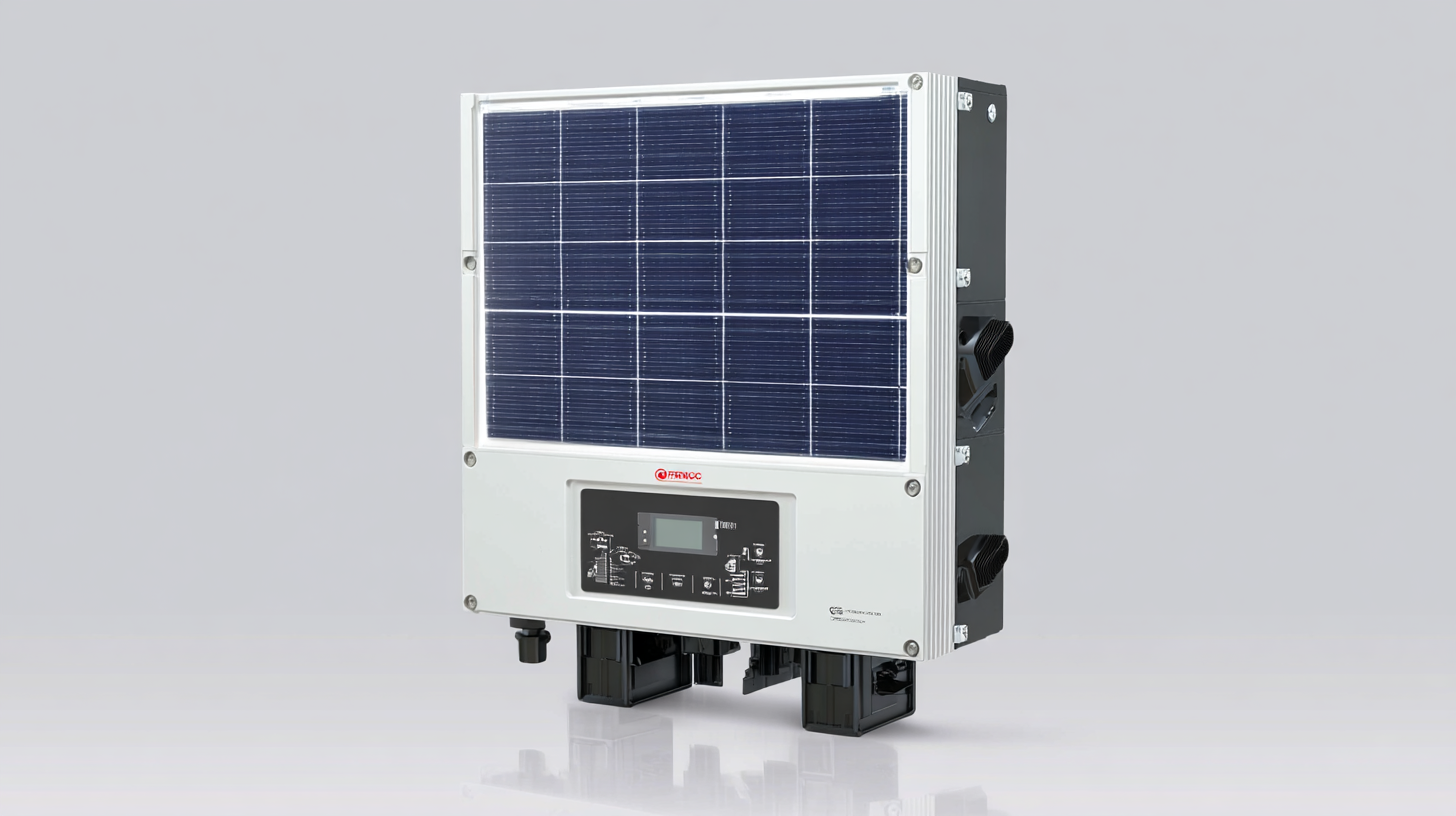 When selecting a grid tie inverter, it’s crucial to understand its key features and specifications to ensure optimal performance and compatibility with your solar energy system. One of the most important aspects to consider is the inverter's efficiency rating. High-efficiency models typically convert a larger percentage of sunlight into usable electricity, which can significantly increase the return on your investment. Look for inverters with efficiency ratings above 95% to maximize energy output.
When selecting a grid tie inverter, it’s crucial to understand its key features and specifications to ensure optimal performance and compatibility with your solar energy system. One of the most important aspects to consider is the inverter's efficiency rating. High-efficiency models typically convert a larger percentage of sunlight into usable electricity, which can significantly increase the return on your investment. Look for inverters with efficiency ratings above 95% to maximize energy output.
Another vital specification is the inverter's power output capacity, measured in watts. Ensure that the inverter can handle the peak power requirements of your solar array, considering both current and future energy needs. Additionally, pay attention to features such as built-in monitoring capabilities and grid compatibility. Advanced inverters offer real-time performance data and can connect seamlessly with smart grid systems, helping you manage energy consumption effectively. By focusing on these key features, you can make an informed decision and choose an inverter that best suits your solar energy goals.
When evaluating solar inverters, particularly grid tie inverters, efficiency ratings are crucial as they directly impact energy production and cost-effectiveness. The efficiency of an inverter indicates how well it converts the direct current (DC) from solar panels into usable alternating current (AC), which is essential for powering electronic devices in homes. A high efficiency rating (typically above 95%) means more energy is harvested from the solar panels, translating to lower energy bills and a faster return on investment.
Recent market forecasts highlight a significant shift towards microinverters, driven largely by their efficiency and reliability. The global microinverter market is projected to grow from $4.12 billion in 2024 to $15.4 billion by 2032, reflecting a compound annual growth rate (CAGR) of 17.92%. Similarly, the broader power inverter market is expected to surge from $46.57 billion in 2023 to $209.74 billion by 2032, with an 18.62% CAGR during the same period. These numbers underscore the increasing demand for efficient energy solutions as more consumers seek reliable and effective solar energy systems, making the choice of inverter more critical than ever.
When selecting the right grid tie inverter, one of the most crucial factors is ensuring that the inverter capacity matches the output of your solar panels. According to the National Renewable Energy Laboratory (NREL), an optimal inverter should ideally be sized to handle between 70-95% of the solar panel's rated output. This ensures efficient energy conversion without overloading the inverter, thus enhancing its longevity and performance.
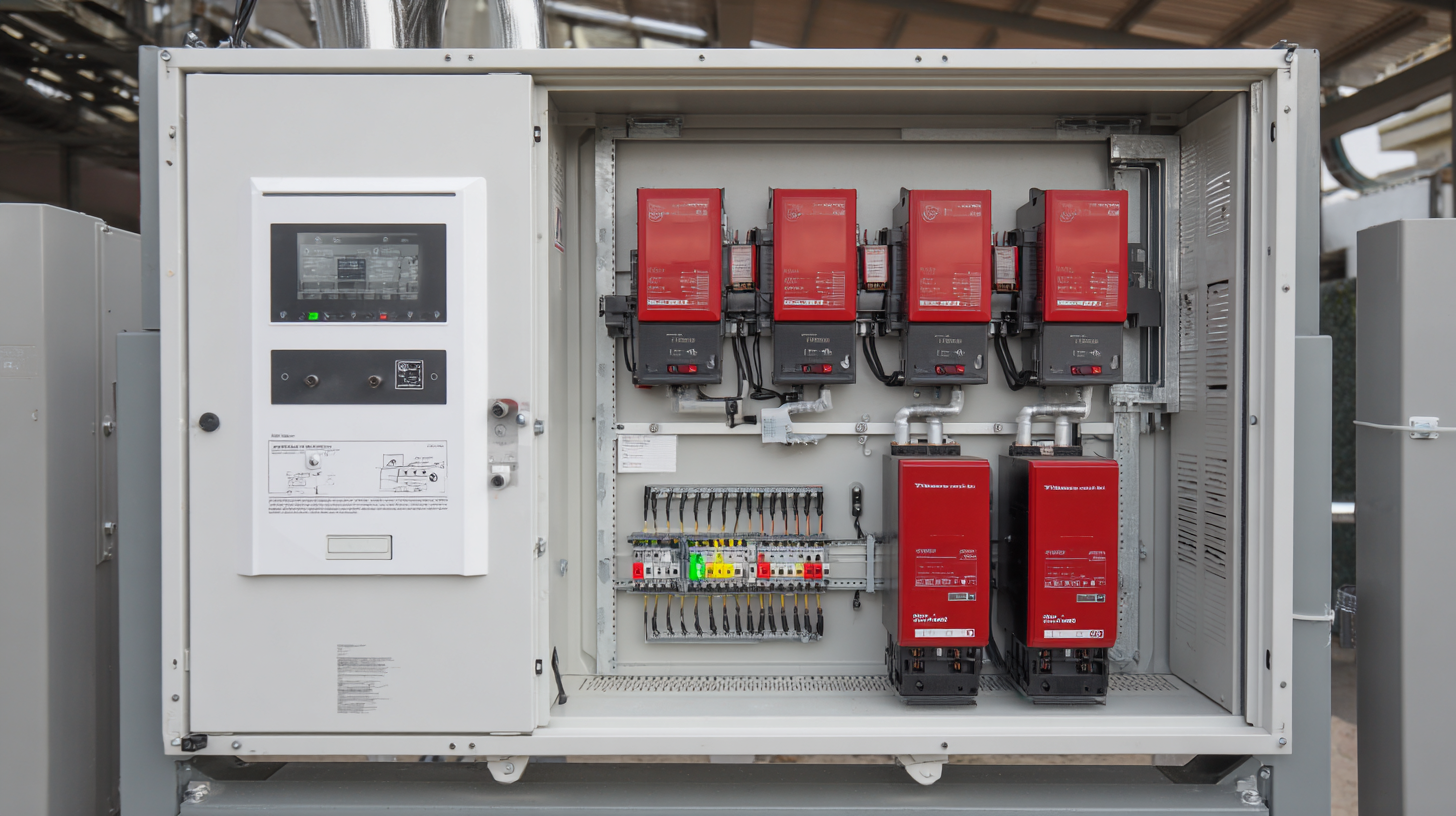
Data from the Solar Energy Industries Association (SEIA) indicates that mismatched inverter and solar panel capacities can significantly impact efficiency. For instance, if your solar array has a combined output of 10 kW but the inverter is only rated for 8 kW, you risk encountering clipping losses during peak sunlight hours, where energy production exceeds inverter capacity, resulting in potential energy waste of up to 25% during sunny days. Therefore, conducting a thorough analysis of your solar panel output relative to inverter specifications is essential for optimizing performance and maximizing energy savings.
When selecting a grid tie inverter, assessing reliability is crucial, particularly through examining the warranty and manufacturer reputation. A robust warranty typically reflects the manufacturer's confidence in their product's durability and efficiency. Look for inverters that offer extended warranties, as they often indicate a commitment to quality. A warranty of at least five years is becoming the industry standard, but some manufacturers extend this to ten years or more, providing essential peace of mind for consumers.
Manufacturer reputation plays a significant role in ensuring the inverter's reliability. Researching customer reviews and industry ratings can provide insight into a company’s history of product performance and customer service. Established manufacturers with a solid track record often invest more in research and development, resulting in superior technology and after-sales support. Engaging with online communities or forums can also yield valuable recommendations and experiences, helping potential buyers discern which brands consistently deliver reliable products.
When investing in a grid tie inverter, understanding the cost versus performance is crucial for maximizing the return on your investment. Recent studies have highlighted the importance of economic evaluations in various solar power projects, emphasizing that both initial costs and long-term savings play a vital role in decision-making. For example, the techno-economic feasibility analysis of solar technologies in regions like Oman shows that despite higher initial costs, the operational efficiency and benefits from solar energy can yield substantial economic advantages over time.
Moreover, the integration of Battery Energy Storage Systems (BESS) with solar power plants has been shown to enhance performance metrics significantly. Assessing projects in areas such as Binh Phuoc province in Vietnam reveals that the economic performance of solar initiatives improves notably when energy storage is incorporated. This calls for a careful analysis of the incremental costs and potential savings associated with more advanced technology. By rigorously evaluating the financial viability of grid-connected systems, such as those in Islamabad and other regions, stakeholders can make informed choices that balance budgetary constraints with performance needs, ultimately leading to sustainable energy solutions.
| Inverter Model | Rated Power (kW) | Efficiency (%) | Price ($) | Warranty (Years) | Features |
|---|---|---|---|---|---|
| Model A | 5 | 98% | 1200 | 10 | Wi-Fi Monitoring, MPPT |
| Model B | 4 | 97% | 1000 | 8 | LCD Display, Smart Grid Ready |
| Model C | 6 | 99% | 1500 | 12 | Remote Control, Dual MPPT |
| Model D | 3 | 95% | 800 | 5 | Compact Design, Basic Monitoring |
